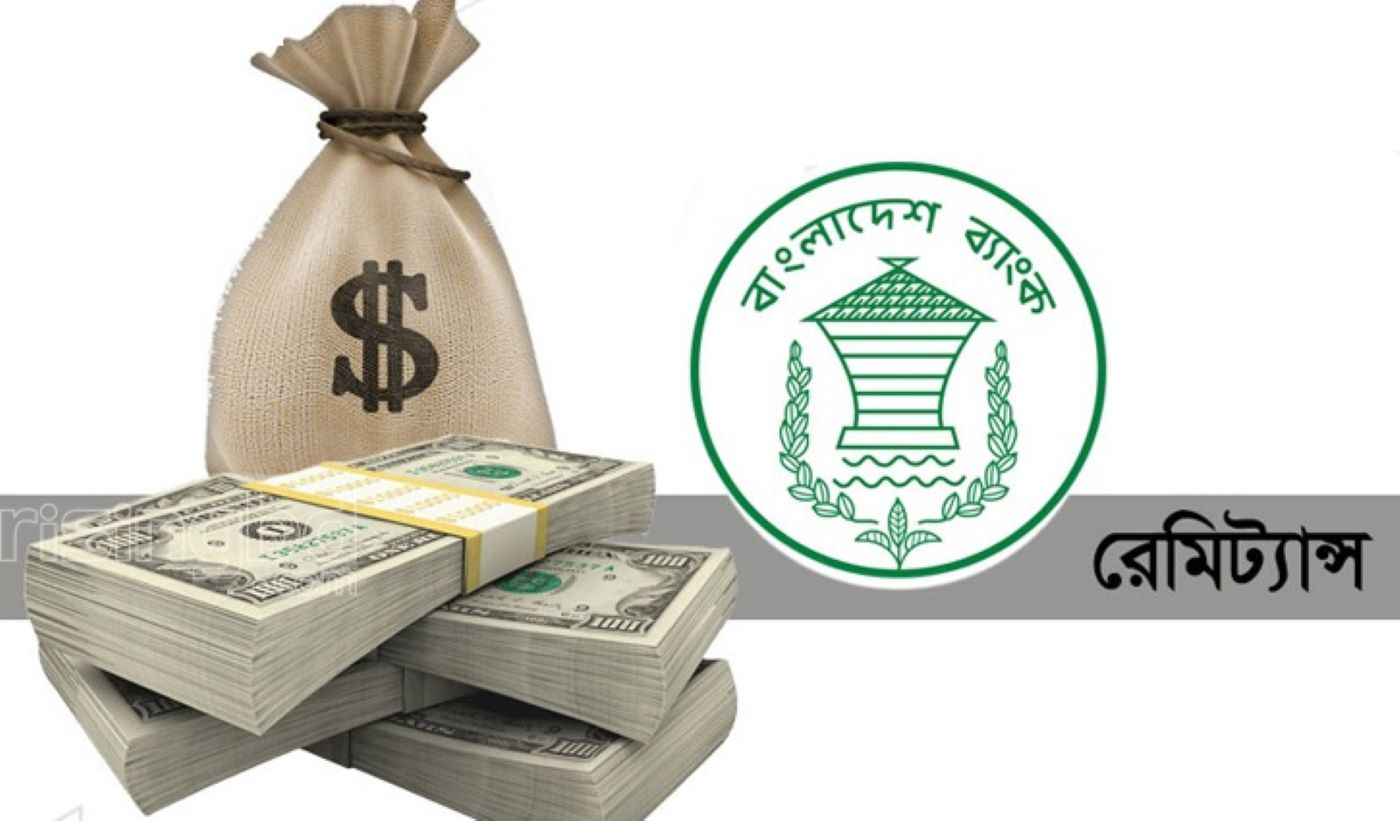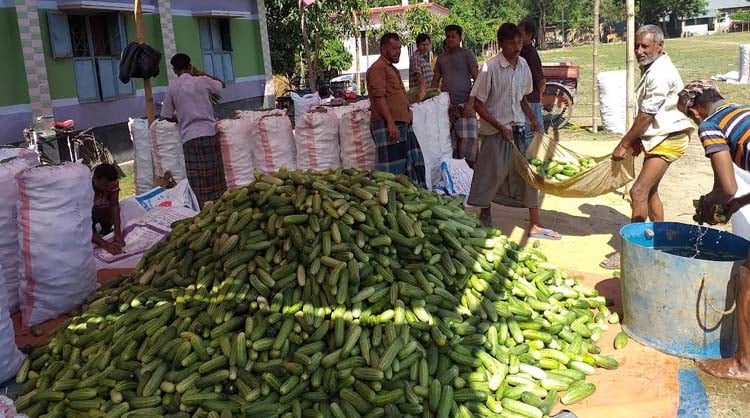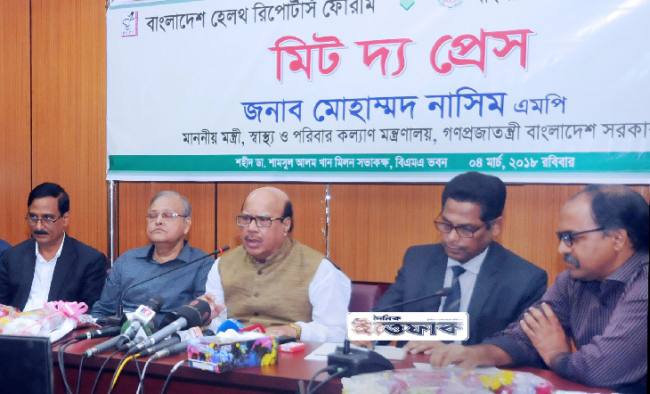Foreign Direct Investment (FDI) has been an important part of the economic transition, business liberalisation and macro-economic growth story in Bangladesh over the last decade. Our strong showing in attracting FDI is an example of how a number of corrective measures could go a long way in promoting economic growth.
Bangladesh received FDI of $1.13 billion last year compared to $910 million in 2010. This increase of about 25% is higher than the average 23% worldwide growth of FDI. According to the 2012 World Investment Report (WIR) of the UNCTAD, the garment sector attracted the highest amount of FDI followed by the banking, energy and telecommunication sectors, respectively.
Over the last few years, foreign investor sentiment towards Bangladesh has improved. The Doing Business Indices recently ranked Bangladesh 9th among the countries that have improved significantly in business start-ups. This factor particularly works as a positive motivator for many foreign investors. The presence of foreign-invested projects is particularly visible in various export-oriented business sectors, where they now account for a considerable proportion of total foreign currency earnings and export volumes.
Despite these recent developments, it is still true that when the competition regarding investment promotion incentives, both tax and non-tax related, is taken into account, Bangladesh‘s incentive measures have a number of disadvantages to those of rival countries in South Asia in terms of both tax and financial incentives for exports and R&D — making Bangladesh less attractive as a destination for investment.
Nonetheless, the Board of Investment (BOI) has recently adjusted its investment promotion strategies, from attracting across-the-board investment through broad-based incentives to focusing on investment that develops the workforce with special expertise, placing more emphasis on the development and transfer of skills among different levels of the workforce, supporting R&D and technology transfer, and fostering innovation to attract quality investment.
In addition to those sectors mentioned earlier, the key sectors where FDI could make a difference include, but are not limited to, agri-business, ceramics, electronics, frozen foods, ICT, leather and leather goods, etc.
The problems facing FDI in Bangladesh are well-documented and need not be mentioned here. In short, complicated bureaucracy, political unrest, corruption, high inefficiency cost, absence of autonomous regulatory bodies, erratic power supply, lack of administrative coordination, inefficient customs processing, etc. are at the top of anyone’s list.
Possible remedies that have been suggested include, among others, good governance, coordination in policies of different government agencies, accountability and transparency, ensuring uninterrupted power supply, maintaining incentives and benefits in the export promotion zone, etc.
But let’s take a broader view of foreign investment in Bangladesh. A relevant question is, what would be the best foreign investment promotion policy for Bangladesh? Should it be reducing investment obstacles? Or handing out incentives to all investors while setting up conditions to selectively promote strategic investment?
If we consider the short-term needs, setting up investment conditions to selectively promote investment is not going to significantly improve the situation as Bangladesh still does not have enough advantages to attract quality investment.
On the other hand, when long-term sustainability is taken into account, the use of investment promotion policies such as tax incentives or other complimentary giveaways is usually effective in the short-run, but not sustainable in the long term. This is because rival countries can always offer similar tax cuts and investment promotion incentives, to the point that in the end no country may genuinely benefits from this zero-sum game competition.
I believe that a viable investment promotion strategy should aim to meet both short-term and long-term targets. Bangladesh may need to use broad-based policies to FDI without imposing too many restrictions. At the same time, more specific measures aimed at attracting quality investment should be applied to meet the nation’s long-term strategic needs.
However, attracting quality investment requires that Bangladesh deliver enough satisfactory rewards to make investors agree to transfer technology to local businesses and entrepreneurs. Those rewards cannot be generated by giveaways or simple incentives, but from the readiness of economic infrastructure, the quality of manufacturing factors, and the environments that help quality investment.
Increasing the incentives to attract foreign investment in R&D and technology transfer in Bangladesh must be accompanied by market development and healthy competition. This can be done by adjusting the economic structure towards the target economic sectors and speeding up trade liberalisation with neighbouring countries to expand market size. This would increase the payback for R&D investment. Existing laws should also be improved and better enforced to protect the rights and intellectual properties of investors.
In parallel, the government should aim to reduce investment costs in target economic sectors by addressing investment problems and obstacles, which are the tacit costs shouldered by the private sector, by developing human resource and basic infrastructure to accommodate the expansion of those target sectors, and by creating a conducive environment for quality investment. Efforts should also be made to attract proactive investment by designating target industries and countries, as well as developing and fostering investment networks.
Bangladesh‘s FDI policies should be oriented more towards these sorts of wider issues relating to the host country business environment, and where gains made would also be of benefit to local companies. One way to achieve this is to take FDI reforms out of the specific sphere of foreign investment activity per se, and into the much wider realm of the host country business environment.
Such an agenda may be more effective than continuing to shower foreign investors with fiscal incentives that sometimes give an unfair advantage to foreign multinationals over local companies. Moreover, any improvement made to the host country business environment in general can be expected to benefit local companies as well as foreign investors. Besides, as international business forms evolve and cross-border production networks proliferate, making a clear distinction between the two (local and foreign firms) is becoming increasingly difficult.
Thus efforts to attract FDI must dovetail with Bangladesh‘s specific situations and needs. Attracting quality investment will not be successful if superficial investment promotion incentives are used. Hence steps should be taken that lead the investors to believe that they will be rewarded with lasting benefits.














